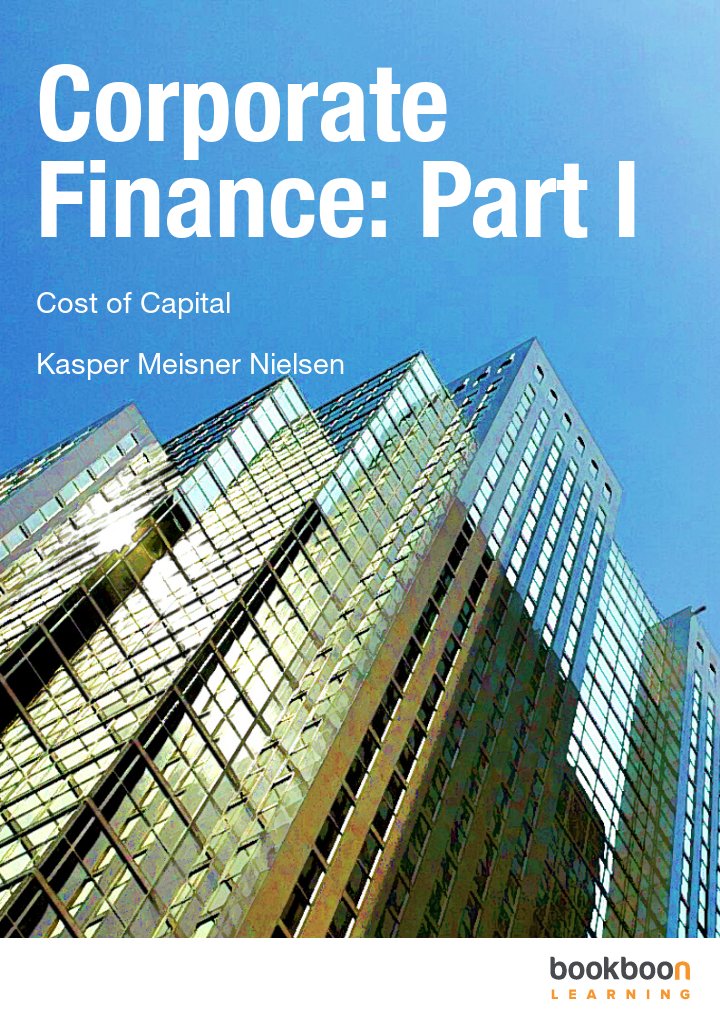

In some programs, you need to know which activities are taxable and flag them as such.

Some programs, especially those produced by companies that also sell tax software, allow you to export data from your financial software to your tax program, which makes tax preparation-or at least tax record keeping-easier. Most will provide separate reports on activities that have some tax consequence, since users always need to be aware of tax obligations and the tax consequences of financial decisions. Most will also report more specific aspects of activities, such as listing all transactions for a particular income or expense. Aside from providing convenience, downloading directly should eliminate human error in transferring the data.Īll personal financial software produces the essential summary reports-the income statement, cash flow statement, and balance sheet-that show the results of financial activity for the period. Most versions of personal financial software allow you to download account information directly from the source-your bank, broker, or employer-which saves you from manually entering the data into the program. More and more, personal transactions are done by electronic transfer that is, no paper changes hands, but cash still flows to and from an account, usually a checking account.ĭata for other transactions, such as income from investments or changes in investment value, are usually received from periodic statements issued by investment managers, such as banks where you have savings accounts brokers or mutual fund companies that manage investments or employers’ retirement account statements. Most personal financial transactions happen as cash flows through a checking account, so the checkbook becomes the primary source of data.


When you input your checkbook data into the program, the software does the bookkeeping-creating the journals, ledgers, adjustments, and trial balances that generations of people have done, albeit more tediously, with parchment and quill or with ledger paper and pencil. This type of user interface is intended to be recognizable and familiar, similar to the manual record keeping that you already do. Most programs have designed their data input to look like a checkbook, which is what most people use to keep personal financial records.


 0 kommentar(er)
0 kommentar(er)
